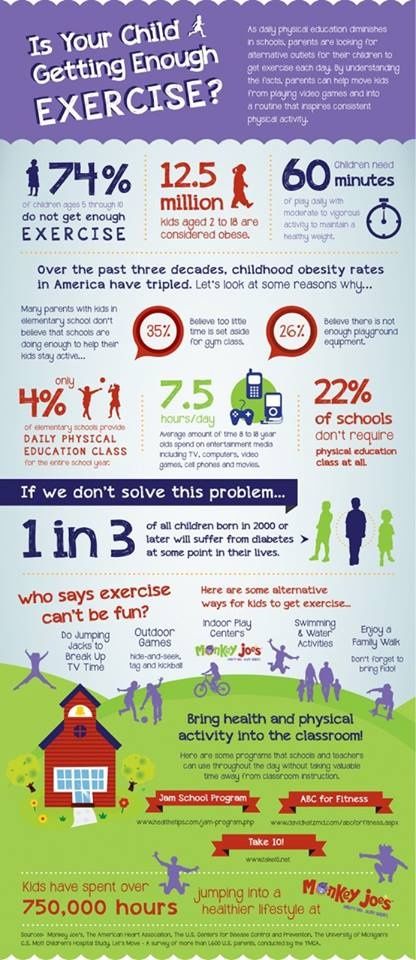Learning to swim is a pivotal milestone in a child’s development. It opens up a world of aquatic adventures and lays the foundation for both safety and enjoyment in water-related activities. But at what age should children ideally learn this essential skill? Understanding the average age at which kids learn to swim can provide valuable insights into developmental stages, parental influence, and societal norms surrounding childhood education.
The journey to becoming a proficient swimmer typically commences during early childhood, with many swim programs designed for infants as young as six months. However, substantial variance exists in the age at which children are introduced to swimming lessons. While some parents may consider enrolling their children earlier, others may wait until the age of four or five, believing they will engage more effectively at that time. This decision often hinges on a myriad of factors, including regional attitudes towards swimming, accessibility to facilities, and awareness of water safety.
Research indicates that the average age children begin formal swimming lessons is around four years. At this stage, they possess sufficient cognitive and physical abilities to grasp the fundamentals of swimming techniques, including breath control, kicking, and floating. Moreover, they are more capable of understanding verbal instructions, which can enhance the learning process. Swimming lessons at this age can also foster a positive attitude towards water, instilling confidence and allowing children to explore the aquatic environment without fear.
It is essential to recognize that every child is unique. Their readiness for swimming lessons can be influenced by various factors, such as the child’s temperament, previous exposure to water, and the encouragement they receive from caregivers. Some children may demonstrate an eagerness to splash around from an early age, while others may require more gradual acclimatization to water. Parents should be attuned to their child’s comfort levels, fostering a positive association with swimming rather than imposing unwelcomed pressure. Such an approach can motivate children to engage eagerly in the learning process.
Furthermore, the concept of readiness extends beyond mere age. It also encompasses emotional and cognitive preparedness. A child who can follow instructions, understand basic concepts, and feel secure in the water is more likely to succeed in swimming lessons. Therefore, it is vital for parents to assess their child’s readiness holistically rather than strictly by age. Early exposure to water-related activities—such as splashing during bath time, playing in shallow pools, or swimming with family—can further enhance a child’s familiarity and comfort with aquatic settings.
Once children are enrolled in swimming lessons, their progress can vary markedly. Some children may advance rapidly, quickly mastering basic skills within weeks, while others might take months to achieve similar milestones. The quality of the instruction they receive plays a significant role. Reputable swimming programs employ certified instructors who understand child development and pedagogical strategies. Effective instructors create an engaging and positive environment that encourages children to explore, practice, and improve their skills over time.
Moreover, various methodologies exist within swim programs. For instance, some emphasize a play-based approach, integrating games and fun activities that facilitate skill acquisition through enjoyment. Conversely, others may adopt a more structured format, focusing on specific skills and techniques. Each method has its merits, and parents should consider their child’s personality and learning style when selecting a swim program. The goal is not just to teach children how to swim; it’s also about nurturing a love for the water that can last a lifetime.
As children progress in their swimming journey, it is prudent to introduce deeper concepts related to water safety. Enthusiastic young swimmers often see the water as an inviting playground, but it is imperative to impart knowledge about risks and safety measures. Lessons can extend beyond physical skills to include essential tools such as recognizing strong currents, understanding the importance of supervision, and practicing safe behaviors in and around water. Children who learn these principles early on are better equipped to navigate aquatic environments safely throughout their lives.
For parents and guardians, understanding the average age for swim lessons can inform planning and expectations. It paves the way for fostering a supportive atmosphere where children feel empowered rather than pressured. In communities where swimming is a vital cultural norm—where pools and beaches are not just recreation spots but also venues for socialization—pursuing swim education can become a community affair. Families may find themselves participating in local swimming events or programs, enhancing both skills and community bonds.
Ultimately, the promises of learning to swim extend beyond mere proficiency. They include instilling confidence, promoting health and fitness, and enabling children to experience joyful adventures in water, whether enjoying family vacations at the beach or participating in summertime swim clubs. The average age at which children learn to swim, often around four years, is a stepping stone that can lead to a lifetime of skills, safety awareness, and a joyous relationship with water.
As we reflect on the milestones inherent in swimming education, it invites a broader discourse on water safety, child development, and communal responsibility. Are we encouraging our children to embrace the water? Are we providing them with the tools they need to navigate this exhilarating frontier? Examining the age at which children learn to swim begs the questions on our priorities as a society. It is not merely about skill acquisition but rather the cultivation of lifelong advocates for water safety, health, and environmental literacy.
